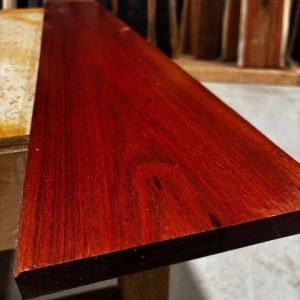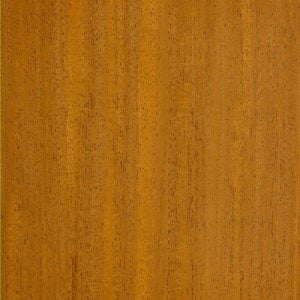Find Your Perfect Wood Product
If you find a product you like, reach out to us for more details and assistance.
Sapele
Quarter Sawn Sapele Lumber offers exceptional stability, striking grain patterns, and rich, reddish-brown tones that deepen with age. Sourced from sustainable African hardwoods, this premium lumber is quarter sawn to highlight Sapele’s signature ribbon stripe figure—a detail highly prized by woodworkers and furniture makers. Its fine, interlocked grain and uniform texture make it ideal for high-end cabinetry, paneling, musical instruments, and architectural millwork.
Known for its dimensional stability and resistance to warping, quarter sawn Sapele machines and finishes beautifully, accepting stains and clear coats with a lustrous, professional result. Whether you’re crafting heirloom-quality furniture or elevating an interior space, this lumber delivers both aesthetic appeal and reliable performance.
Length: 8′-10′
Thickness:
4/4 $9.00/Bd ft
8/4 $9.00/Bd ft
- Common Name(s): Sapele
- Scientific Name: Entandrophragma cylindricum
- Distribution: Tropical Africa
- Tree Size: 100-150 ft (30-45 m) tall, 3-5 ft (1-1.5 m) trunk diameter
- Average Dried Weight: 42 lbs/ft³ (670 kg/m³)
- Janka Hardness: 1,410 lbf (6,280 N)
- Crushing Strength: 7,760 lbf/in² (53.5 MPa)
Heartwood: Medium to dark reddish-brown, sometimes with a purplish hue.
Sapwood: Pale yellow, distinctly demarcated from heartwood.
Grain: Generally interlocked, which can produce a striped or ribbon figure.
Texture: Fine to medium texture with a good natural luster.
Sapele is rated as moderately durable to durable in terms of decay resistance, but susceptible to insect attack.
Sapele can be somewhat difficult to work with due to its interlocked grain, which can cause tearout during machining. It turns, glues, and finishes well, and can be polished to a high luster.
- Furniture
- Veneer
- Turned objects
- Musical instruments
- Cabinetry
- Specialty wood items






Sapele is prized for its beautiful grain and rich color, which make it a popular choice for high-end woodworking projects. It is often used as a substitute for mahogany due to its similar appearance and workability.